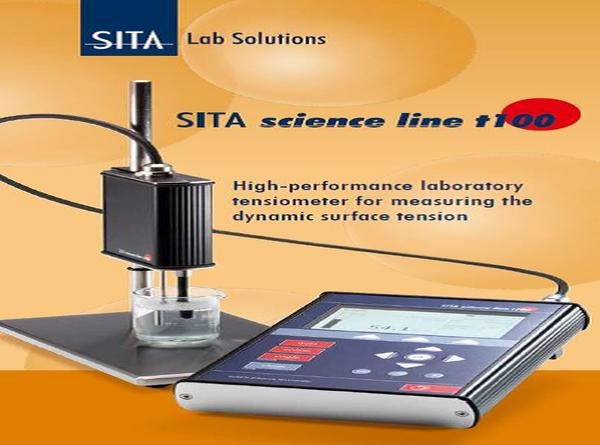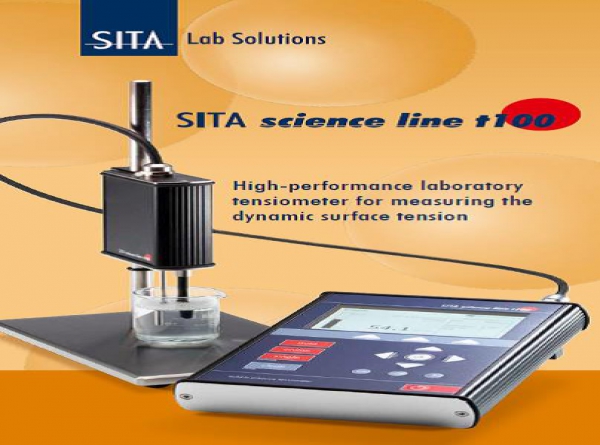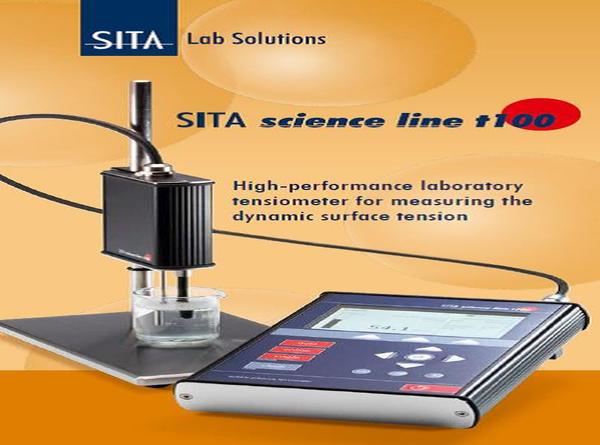Product Information/ PRODUCTS /SITA Surface Tension Tester
SITA Surface Tension TesterSITA Surface Tension Tester
specification:
SITA utilizes the bubble pressure method to measure dynamic surface tension with high precision and flexibility, allowing for immersion depth measurement without the need for calibration adjustments. Analysis is achieved by bubbling through a capillary tube into the liquid using a micro pump. During this process, the pressure within the bubble causes continuous changes in the bubble size. Therefore, the surface tension is calculated based on the difference between the maximum and minimum pressures of the bubble.
DESCRIPTION
Product Description
SITA utilizes the bubble pressure method to measure dynamic surface tension with high precision and flexibility, allowing for immersion depth measurement without the need for calibration adjustments. Analysis is achieved by bubbling through a capillary tube into the liquid using a micro pump. During this process, the pressure within the bubble causes continuous changes in the bubble size. Therefore, the surface tension is calculated based on the difference between the maximum and minimum pressures of the bubble.
Applications:
- Paint/Ink: The dynamic surface tension of ink affects various properties such as wetting, droplet size, permeability, drying, and leveling ability.
- Cleaning Process Monitoring: Prior to surface treatment or coating of metal components, ensuring a high level of cleanliness is crucial to avoid impacts on subsequent processes. Continuous monitoring of dynamic surface tension is used to control the concentration of surfactants, thus confirming the cleaning capability of the cleaning tank. The concentration of the cleaning agent must be maintained within an appropriate range, neither too high nor too low. Excessive concentration leads to the generation of new contaminants and increased production costs, while insufficient concentration fails to meet cleaning requirements.
- Semiconductor: Addition of special treatment liquids and polishing fluids in wafer cutting and CMP processes.
- Semiconductor: Hydroxide-based solutions, such as tetramethylammonium hydroxide (TMAH), are commonly used as etching developers. Monitoring the surface tension of surfactants ensures a stable etching process.




